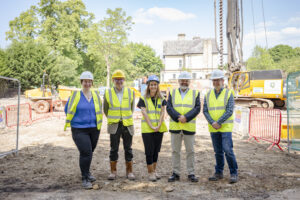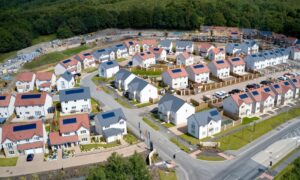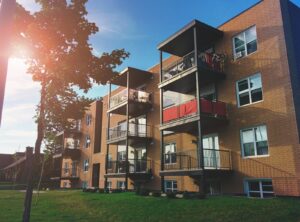 Nick Belsten of Indigo Planning discusses how to solve one of the key issues in today’s society – the provision of truly affordable housing.
Nick Belsten of Indigo Planning discusses how to solve one of the key issues in today’s society – the provision of truly affordable housing.
The current housing crisis has little to do with housebuilders and their ability, or lack of it, to deliver 300,000 new homes a year. It comes down to the availability of land and at a price that enables affordable, or social housing to be delivered in a cost-effective manner. While disputes continue over releasing land from the green belt, land within urban areas continues to be ignored – especially land that’s in public ownership.
Over the past decade, large parcels of publicly owned land have been sold off to private developers, either to prop up under-funded local authority budgets or help the Government balance its book. Unfortunately, this has mainly resulted in a one-off cash injection and a lost opportunity to deliver much-needed housing for those most in need.
There are a number of well-documented reasons, which detail why the private sector is virtually incapable of providing low-cost housing, especially in London. Which is hardly surprising when a few acres in London with residential consent can set you back £100m.
Instead, central government must encourage local authorities to create innovative ways that enable them to deliver the levels of affordable housing we so desperately need. Alongside this, other public bodies must be coerced into working with councils to help produce the same end result.
It’s imperative that public land is made to work for the majority of the public and not just used as a book balancing exercise for the government of the day.
Either the government establishes a housing agency or lets local councils get on with the job of building affordable homes on publicly owned land. We believe that this could be done in one of two ways.
First, the public body establishes its own development company and seeks tenders from construction companies to build flats and houses on the land for a fixed price. Once completed, the homes can then be rented at an affordable level, whilst giving the public body a steady income stream.
Raising the money to pay for construction would not be difficult to secure – a sensibly priced bond should produce the necessary cash and at the same time appeal to those institutions seeking ethical investments.
An alternative would be for the public body to enter into a joint venture with a specialist affordable homes builder and provide the land on a lease. This way the freehold is retained while at the same time generating an income for the public body.
At the end of the lease, the development reverts back to local authority control, giving it quality stock that can continue to be rented at affordable levels. (Obviously, there may need to be some tinkering with leasehold reform legislation to make this work.)
However, simply telling developers they must provide 35% or 50% of affordable homes in any new scheme is never going to work while the cost of land is at such a high level. Such developments are simply not viable.
In fact, it could be argued that quota demanding is simply an abrogation of fiscal responsibility. Councils and other public bodies need to be encouraged into developing creative strategies that deliver long-term solutions to the social housing crisis.
Never again should public bodies be allowed to simply dispose of unwanted assets that could be put to better use and enable people at the lower end of the social scale to secure a better quality of life.


















Leave a Reply